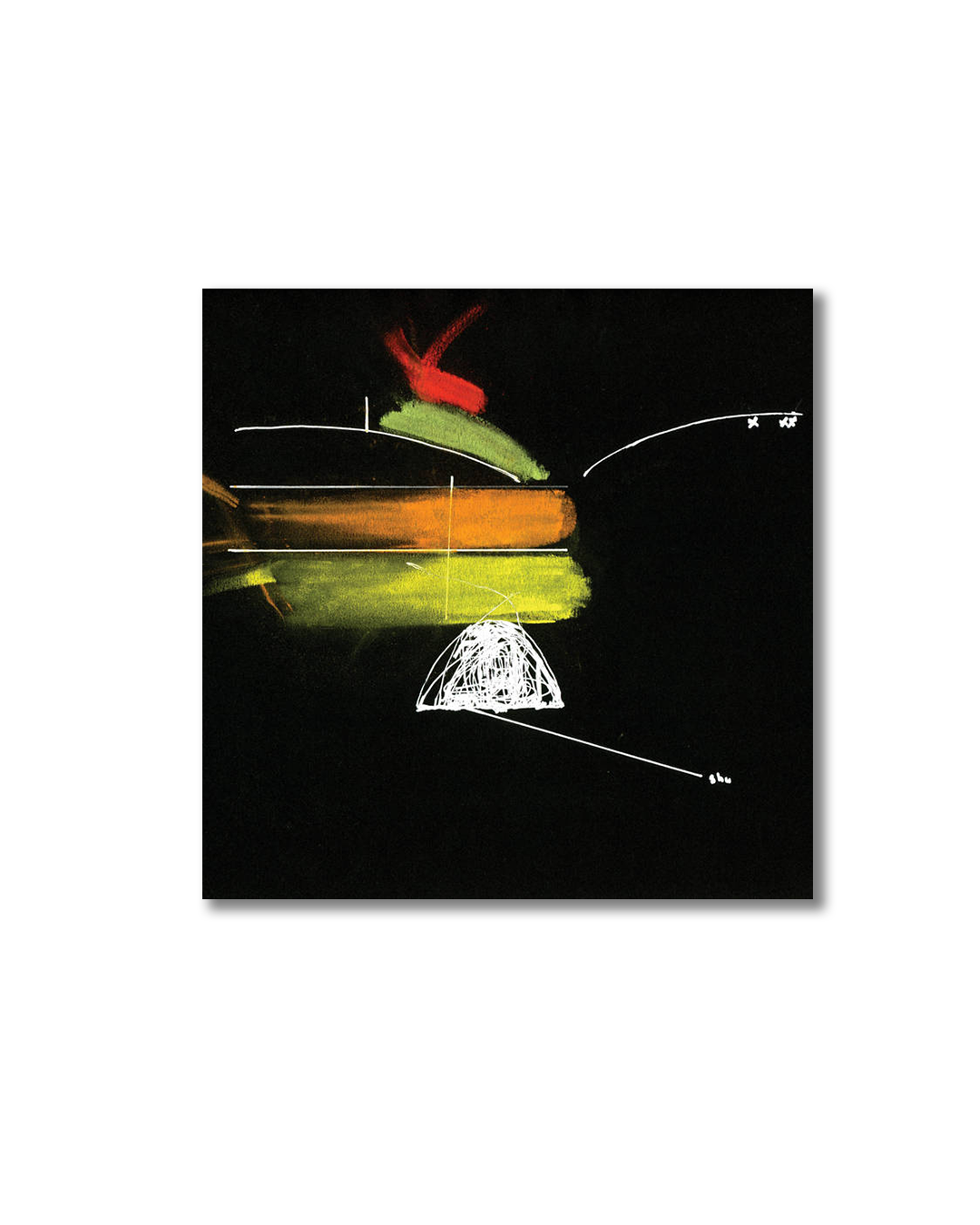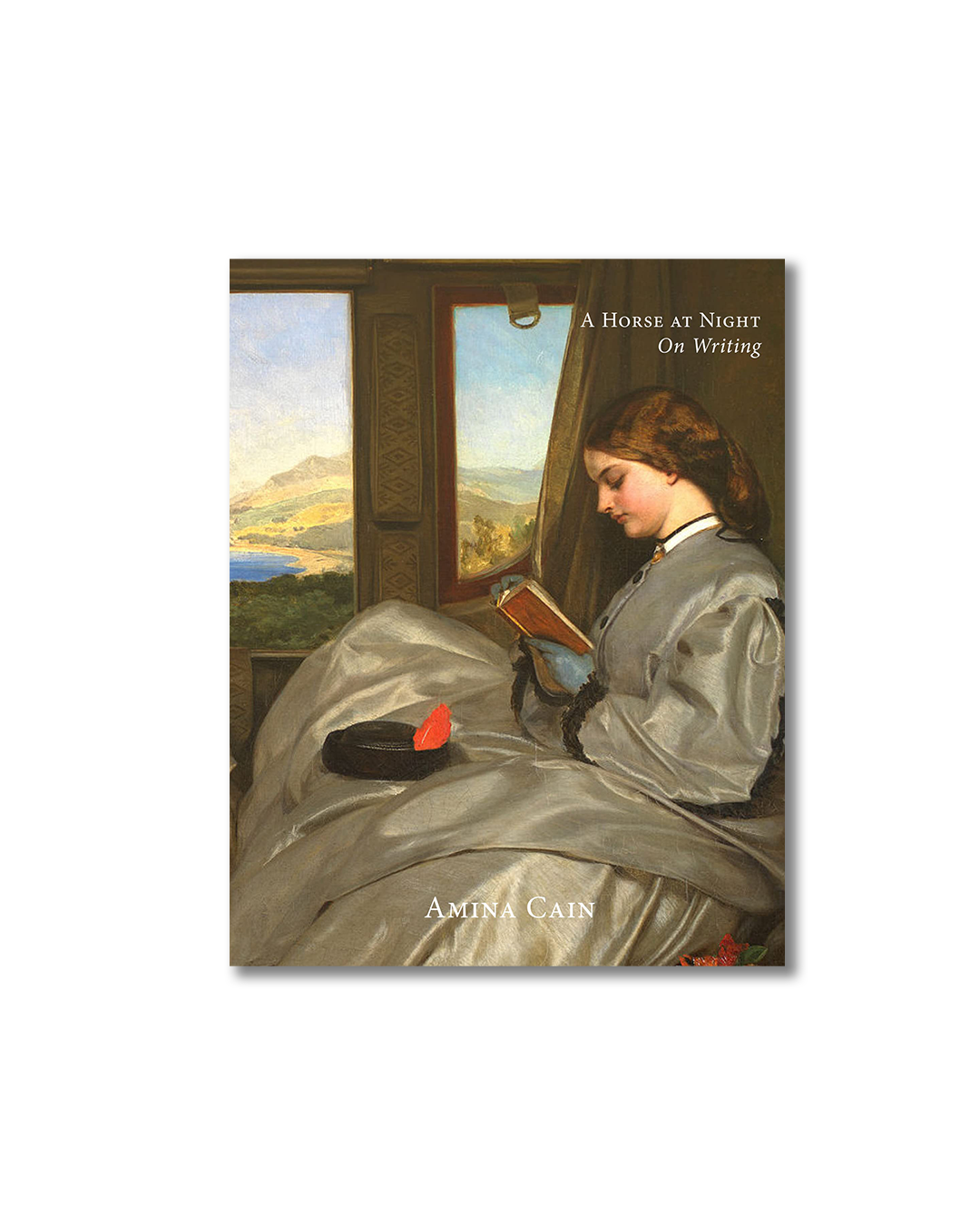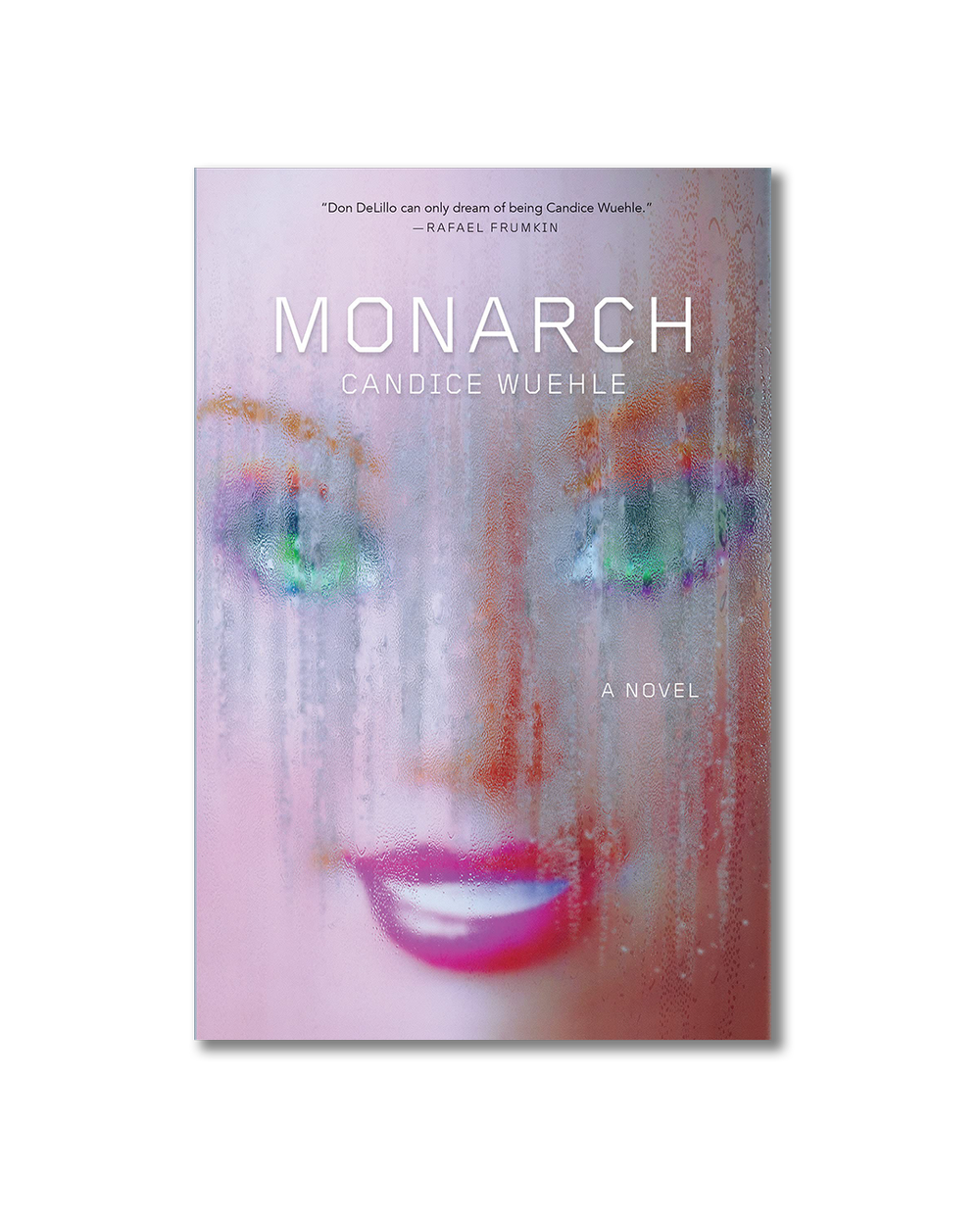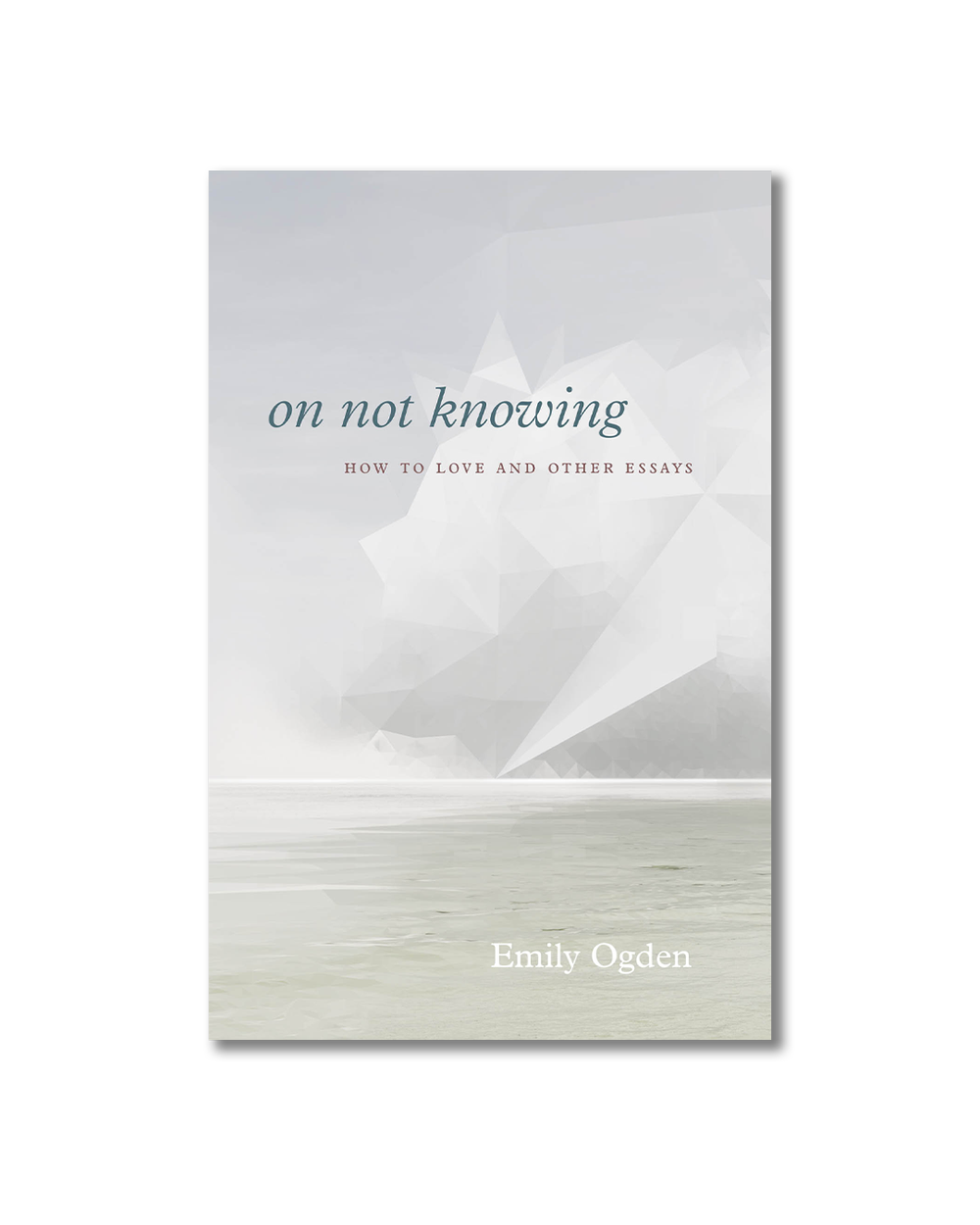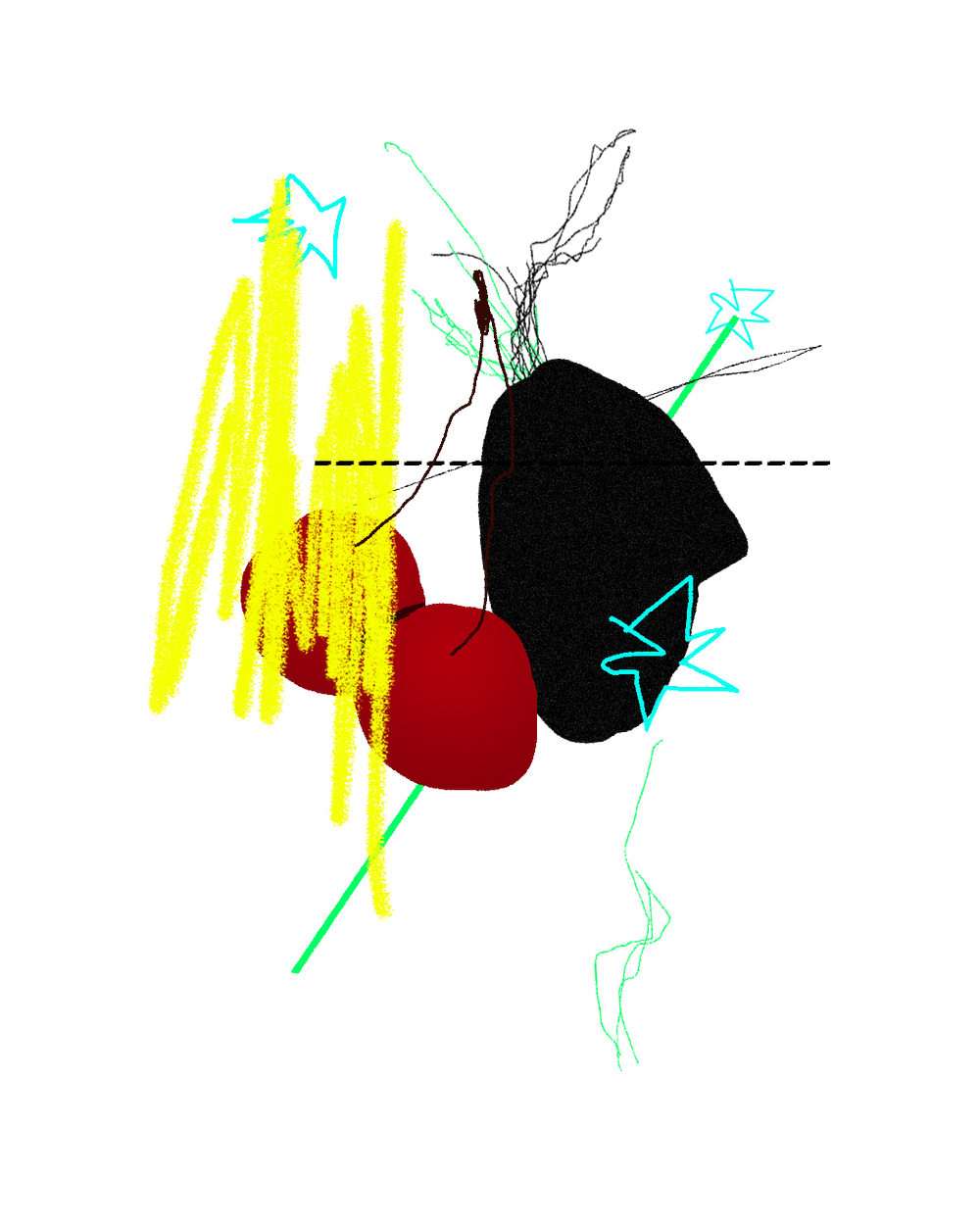Irrevocably Global: On Chad Broughton’s “Boom, Bust, Exodus”
LaPorte is not so close to Chicago as to be totally enmeshed in the Northwest Indiana urban grit, yet is not quite all the way to the rural corn fields that spread between cities like Detroit and Toledo. LaPorte, French for “The Door,” is a geopolitical focal point pinpointing the overlap of social and economic change.
The Machinery of Waiting: On Grant Maierhofer’s “The Compleat Lungfish”
You have become locked into a perpetual toil; making meaning out of this endless string of similarity becomes a matter of close reading, of overlaying the real with the symbolic and from there identifying surges of intensity.
Voice, Freedom, Anachronism: On “Moten/López/Cleaver”
I have loved Fred Moten’s voice since I first heard it, but perhaps never as much (or at least not in the same way) as when listening to Moten/López/Cleaver, a phonopoem with a world inside.
A Pasture Of Thought: On Reading Amina Cain
Cain embraces a promiscuity of references including Chantal Akerman, Elena Ferrante, and Clarice Lispector, elucidating how “things combine to become other things, other kinds of experiences” when brought into conversation with one another.
Climate Grief and Collective Trauma: On Katazyna Boni’s “Ganbare! Workshops on Dying”
A specific image unfolds in my mind when I think of the Tohoku Earthquake and subsequent tsunami on March 11, 2011, referred to in Japan simply as 3.11: thick, dark water easily pushes against the opposing flow of a river.
From Wong to Wong: On Beatrice Loftus McKenzie’s “The Wongs of Beloit, Wisconsin”
Through intimate narratives, McKenzie profiles the legacies and acculturation experiences of seven third-generation American siblings, the first Wongs to grow up in Beloit.
Exposed at a Slant: On Nuar Alsadir’s “Animal Joy”
Art—like laughter—is built on uncovering. Just as clowns, poets and artists display their True Selves in the name of craft.
My Life… My Life…: On Nabil Ayers’ “My Life in the Sunshine”
The lasting impression has not so much to do with what was passed down but with what was obscured.
Sick History: On Kate Zambreno’s “To Write as if Already Dead”
There are differences, complications, but at their core, these viruses are simply showing us, over and over, what needs to change.
Elite Escape: On Raymond B. Craib’s “Adventure Capitalism”
Official remedies for the present polycrisis are often couched in market principles. In excavating the troubled history of libertarian exit, though, we can at least better understand what we are up against.
Being the Light for Another: On Mieko Kawakami’s “All the Lovers In the Night”
Kawakami reiterates that women can lead a fulfilling life and make fulfilling choices absent of a romantic partner.
Dharma Drama: On Emmanuel Carrère’s “Yoga”
Contrary to no one’s expectations, Emmanuel Carrère has written another book about himself. If you’re just being introduced, this is his fourth or fifth.
How to Kick Down the Door: On Aaron Burch’s “Year of the Buffalo”
The boundaries between what’s true, what’s imagined, and what’s cocreated are as disorienting and disquieting as a buffalo in the living room.
A Study in Genre: On Andrea Gadberry’s “Cartesian Poetics”
Descartes has long been typecast as the writer of radical separation of mind and body, of rationality above all else—even his contemporaries declared him the murderer of poetry.
The Good, The Bad, & The Letter: On John Keene’s “Punks”
Any definition claims us, and if we define ourselves in turn we accept the claim, project it. A punk does not say, I am a punk, but exists as one.
Id of the American Unconscious: Lynching and Mob Violence in Ohio, 1772-1938
Donald Trump, who won Ohio handily in both 2016 and 2020, tapped into a primal element of the American spirit.
On Masks: With Candice Wuehle’s “Monarch”
Every day, a new uncovering. People, places, and ideas are revealed to no longer be what they’d seemed to be.
A Work of Love: On Emily Ogden's "On Not Knowing"
Defenses of liberal arts education seem a dime a dozen these days.
Fourth Installation: On Rachel Mannheimer's "Earth Room"
At the Earth Room exhibit—Walter De Maria’s interior earth sculpture made from 250 cubic yards of dirt and 3,600 square feet of floor space—no photos are allowed, admission is free, food and drink should be nowhere near the gallery.
Graphic Scores: The Chapbooks of The Offending Adam
In terms of words that slice two ways, “graphic” is distinct.



